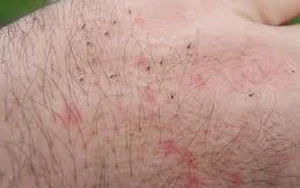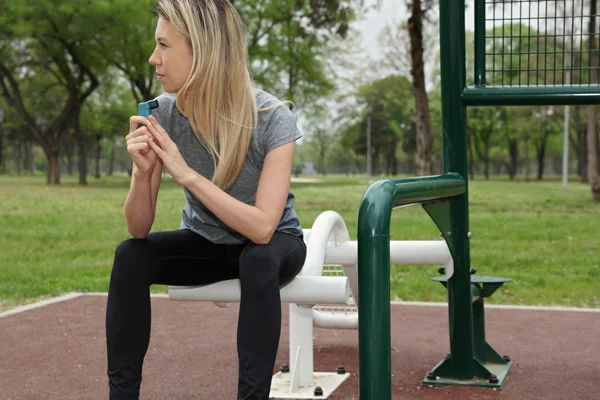Preventing and treating Sand Fly Bites
Living in a humid coastal area surrounded by stunning mangroves is a luxury and a privilege. But there’s always a positive to a negative … midges (or sand flies as they’re also known). It’s one of the most common irritants for visitors to our region each year as well as us locals, not only do they cause acute discomfort, they can result in infection due to uncontrollable scratching. So what are they? What do they do? And how can we prevent them?
Biting Midges are very small flies (0.5mm–4mm long), renowned for their nuisance biting associated with coastal habitats. Although there is 200+ species present in Australia, only a few midges cause a serious annoyance to humans. As biting midges are one of the most difficult groups of insects to control, Far North Training recommended you follow the suggested preventive measures, to ensure you stay midge bite free this summer.
When and Where?
The biting activity of midges is mainly limited to periods of dawn and dusk, with their activity significantly increasing when humid temperatures are between 27-32 degrees Celsius. Midges often remain inactive through windy weather, finding shelter amongst shady vegetation. Midges are most commonly associated with coastal habitats such as lagoons, estuaries, mangrove swaps and tidal flats (leading to the popular but misleading name of “Sandflies”). Biting midges usually disperse only short distances from their breeding sites.
Females and males midges will both feed on vegetables fluids and nectar for energy, but only the female midge will bite. The female midge has piercing and sucking mouth parts, which suck blood and cause the classic allergic response. A bite is made in the skin and saliva is injected to prevent blood clotting, thereby allowing the blood to be sucked up. The females use the blood they obtain from sucking as a course of protein for developing a batch of eggs.
The classic allergic response to a midge bite is a small, inflamed bite. Despite the size, the bites can cause acute discomfort, irritation and severe local reactions. Itching may commence immediately after the bite, but usually begins some hours later. Most individuals are unaware they are being bitten at the time. Biting Midges have their greatest impact on people (i.e. tourists) arriving and visiting an area. Local residents tend to build up an immunity to the midge bites.
Health Impacts?
In Australia, biting Midges are not known to transmit any disease-causing pathogens to humans.
Preventative Measures
In Australia, there is no chemical that is registered for controlling midges in their breeding sites. Additionally, the breeding sites are usually very large, making chemical control unrealistic. Due to a non-efficient method for controlling biting midges, personal protection will help reduce your exposure to the bites. Australia Wide First Aid encourages you to:
Avoid localities, especially at dawn and dusk. These are known to be frequented with biting midges.
Avoid watering your garden around sunset as midges are attracted to shady humid areas.
Wear protective clothing in the early morning, late afternoon and evenings. This includes long sleeve pants, long sleeve shirts with a collar and closed in shoes.
Apply DEET repellent (15-20%) to exposed skin. Focus on areas such as your ankles, neck and scalp.
Daintree Naturals offer a great mosquito and sand fly repellant that can be purchased from the Saturday and Sunday Markets — as well as Coles Supermarket.
When indoors, use ceiling and pedestal fans as a deterrent. Midges don’t like air currents and will potentially stay away. Mosquito coils also work reasonably well
Treatment
The application of a cold compress, such as an ice pack or wet cloth will provide some relief. An antihistamine will help with the swelling and itching as well. In severe cases, medical advice may be required.
Far North Training encourages you NOT to scratch your midge bites as secondary infections can occur (blisters and weeping bites which will persist for days or weeks). When first bitten, it is advisable to wash the affected area in cold water, pat dry and apply Lucas Paw Paw ointment. In many cases this will remove the initial need to scratch. If you do continue to scratch and cause blisters you may require the need for topical antiseptic or systemic antibiotics, as prescribed by your doctor.
Remember — prevention is the best medicine and go natural where you can!
Get in touch
If you have any questions regarding any of the courses on offer, please do not hesitate to contact us. Call us on 07 4098 1228 or get in touch today.










